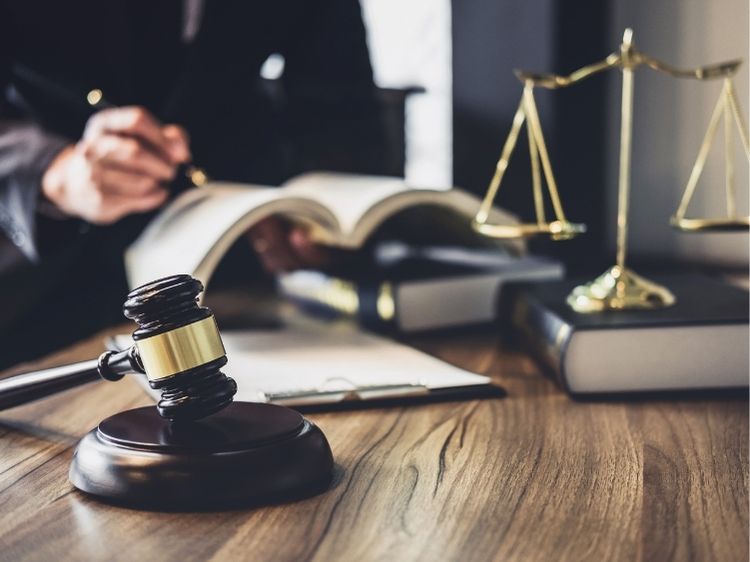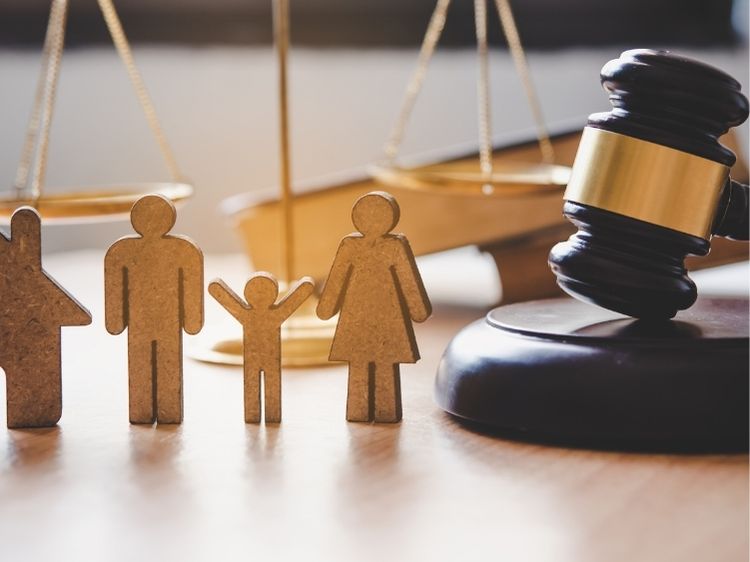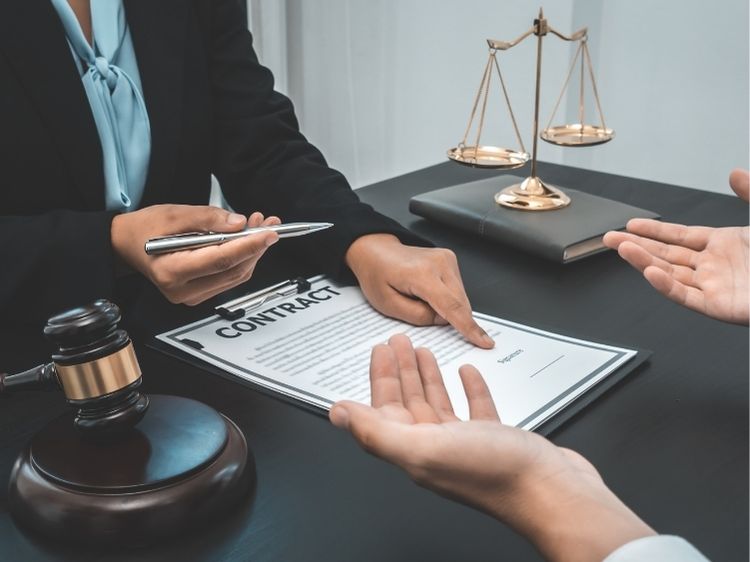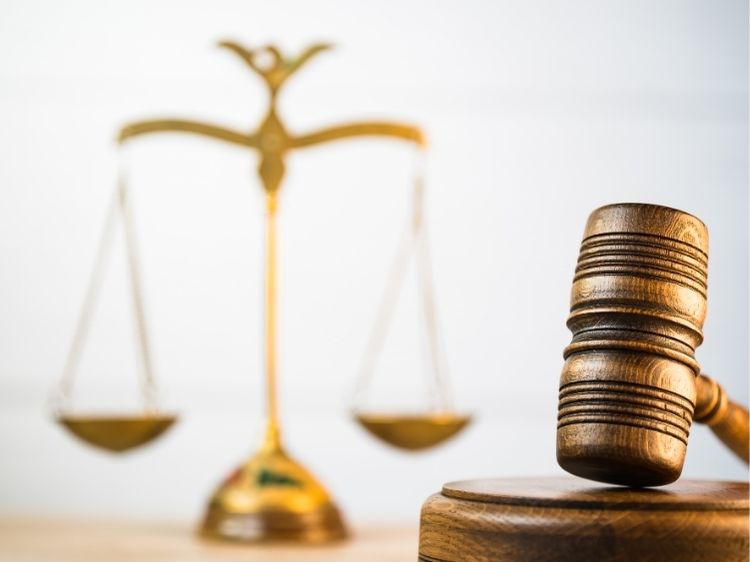Product Liability Lawsuit Cases: Navigating the Complex World of Consumer Protection
Product liability lawsuit cases are a crucial aspect of consumer protection, ensuring that manufacturers, distributors, suppliers, and retailers are held accountable for the safety of the products they offer to the public. These cases can be complex, involving intricate legal principles and detailed evidence. This article delves into the world of product liability, exploring its types, famous cases, and the legal processes involved.
Imagine purchasing a new appliance, only to have it malfunction and cause significant injury. Or perhaps you’ve heard about a widely-used drug that was later found to have severe side effects. In these scenarios, consumers have the right to seek compensation through product liability lawsuits. But what exactly are these cases, and how do they work? Let’s unravel the complexities of product liability lawsuit cases, so you’re better equipped to understand your rights and the legal avenues available to you.
What Is Product Liability?
Product liability refers to the legal responsibility that manufacturers and sellers have to ensure that the products they offer are safe for public use. If a product is found to be defective and causes harm, the injured party may have grounds to file a product liability lawsuit. These lawsuits can be based on various legal theories, including negligence, strict liability, or breach of warranty.
Types of Product Liability Claims
Product liability claims generally fall into three categories:
- Design Defects: These occur when a product is inherently unsafe due to its design. Even if the product is manufactured correctly, its design makes it dangerous. A classic example is the Ford Pinto case, where the car’s fuel tank design made it prone to explosions in rear-end collisions.
- Manufacturing Defects: These defects arise during the production process, resulting in a product that deviates from its intended design. For instance, a batch of toys might have been exposed to lead paint during manufacturing, making them hazardous to children.
- Marketing Defects (Failure to Warn): This category includes cases where a product lacks adequate instructions or warnings about potential risks. An example is the pharmaceutical industry, where drugs might not have sufficient warnings about side effects, leading to significant health issues for users.
Famous Product Liability Lawsuit Cases
Some product liability lawsuit cases have become landmark decisions, shaping the legal landscape and setting precedents for future cases. Let’s take a look at a few notable examples:
1. McDonald’s Hot Coffee Case (Liebeck v. McDonald’s Restaurants):
In 1992, Stella Liebeck famously sued McDonald’s after she suffered third-degree burns from spilling a cup of coffee on herself. The jury awarded her $2.7 million in punitive damages, sparking a national debate about frivolous lawsuits. However, the case highlighted the importance of warning labels and led to significant changes in how companies manage risk and communicate with consumers.
2. The Ford Pinto Case:
This case revolved around Ford’s decision to produce the Pinto with a known design defect in the fuel system that made it susceptible to bursting into flames during rear-end collisions. Despite internal knowledge of the risk, Ford decided it was cheaper to pay legal claims than to fix the defect. The resulting lawsuits and public outcry led to significant changes in auto safety regulations.
3. Johnson & Johnson Talcum Powder Cases:
Thousands of lawsuits have been filed against Johnson & Johnson, claiming that their talcum powder products were contaminated with asbestos, leading to ovarian cancer and mesothelioma. The company has faced multi-billion-dollar verdicts, though they continue to appeal the decisions. This ongoing litigation underscores the complexities of product liability in the pharmaceutical and personal care industries.
Legal Processes in Product Liability Lawsuit Cases
If you believe you’ve been injured by a defective product, understanding the legal process is crucial. Here’s a step-by-step guide to what typically happens in product liability cases:
- Consultation with a Lawyer:
- The first step is to consult with an attorney who specializes in product liability. They will assess your case, gather initial evidence, and advise you on the best course of action.
- Filing the Lawsuit:
- Once your lawyer determines that you have a valid claim, they will file a complaint in court, naming the defendants (typically the manufacturer, distributor, and possibly the retailer).
- Discovery Process:
- This phase involves the exchange of information between both parties. Your lawyer will gather evidence, such as product testing reports, internal company documents, and expert testimonies to build a strong case.
- Settlement Negotiations:
- Many product liability cases are settled out of court. Your lawyer will negotiate with the defendants to reach a fair settlement. If an agreement cannot be reached, the case will proceed to trial.
- Trial:
- During the trial, both sides will present their evidence and arguments. The judge or jury will then decide whether the product was defective and, if so, how much compensation should be awarded.
- Appeals:
- If either party is dissatisfied with the trial’s outcome, they may appeal the decision, leading to further legal proceedings.
FAQs about Product Liability Lawsuit Cases
- What types of products can be subject to a liability lawsuit?
Virtually any product can be subject to a liability lawsuit if it’s found to be defective and causes harm. This includes automobiles, medical devices, pharmaceuticals, household appliances, and even food products. - Who can be held liable in a product liability case?
In a product liability case, any party involved in the product’s distribution chain can be held liable, including the manufacturer, wholesaler, and retailer. - How long do I have to file a product liability lawsuit?
The statute of limitations for filing a product liability lawsuit varies by state but is generally between two to four years from the date of injury or discovery of the defect. - What compensation can I receive from a product liability lawsuit?
Compensation in product liability cases can include medical expenses, lost wages, pain and suffering, and punitive damages, depending on the case’s specifics. - Do I need to prove that the manufacturer was negligent?
In some cases, yes. However, under strict liability, you may not need to prove negligence—only that the product was defective and caused harm.
Conclusion
Product liability lawsuit cases play a vital role in ensuring that companies prioritize consumer safety. These cases not only provide compensation to those injured by defective products but also drive change in industry practices and regulations. If you ever find yourself facing an issue with a defective product, understanding the legal framework and your rights can be invaluable. Always consult with a knowledgeable attorney to navigate the complexities of product liability law.
For more information, consider reviewing authoritative resources on product liability, such as:



